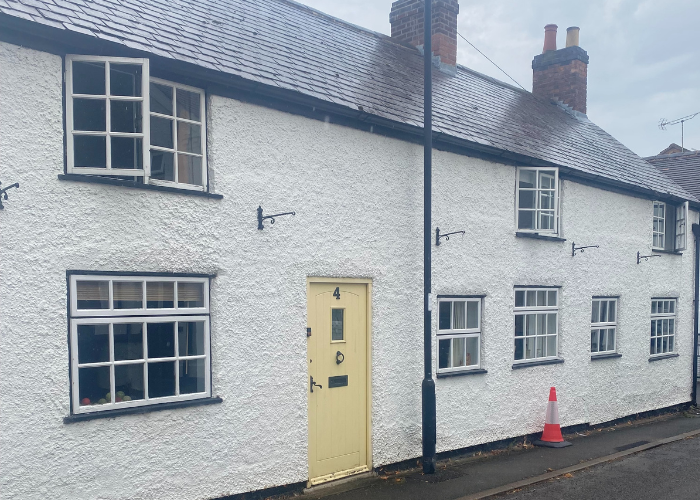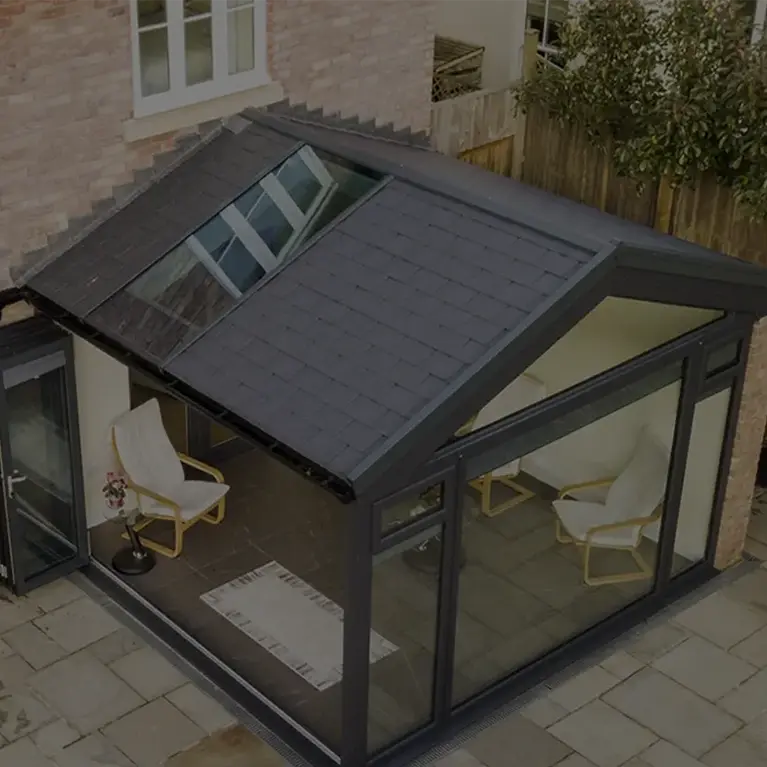
Why Thermal Efficiency Matters: The Impact Of Window, Door, And Home Insulation On Your Energy Bills And Carbon Footprint.
Expensive energy prices and the pressing issue of sustainability have forced a growing number of homeowners to focus on reducing their carbon emissions and lowering their energy bills.
A key part of this puzzle is thermal efficiency, which measures how effective your home is at minimising unwanted heat loss. A thermally efficient home requires less energy to heat and retains its heat for longer, saving you money on energy bills while also lowering your home’s environmental impact.
In most homes, insulation plays the pivotal role in improving thermal efficiency by targeting the weak spots in the house where warmth is lost and cold draughts seep in.
Understanding Heat Loss In the Home
Heat loss occurs either when heated indoor air escapes outside, or when cold air infiltrates the home through the windows, doors, loft, or walls. To an extent, heat loss is inevitable whenever outdoor temperatures are lower than those indoors, but the process can be significantly reduced through fairly straightforward measures. When heat is lost, your heating system has to work harder to sustain comfortable indoor temperatures, leading to increased energy consumption. A wide range of factors can exacerbate heat loss, including poor or insufficient insulation, drafts under the doors, an outdated or inefficient boiler, and old or poorly sealed windows and doors. Old-fashioned single glazed windows are also a major cause of heat loss, as are poorly maintained or damaged double-glazed windows.
Home insulation acts as a barrier between your home and the outside world, slowing down the rate at which heat escapes from your home. Insulation can be installed in or around walls, the roof, and even under the floor, which are the primary areas responsible for most heat loss in a typical UK home. Taking action to insulate your home, therefore, can significantly reduce heat waste over time, lowering your energy bills.
Practical Steps to Improve Your Home Insulation – Key Areas to Focus On
1) Loft insulation: as heat from your home naturally rises, without adequate loft and roof insulation, a large portion of your home’s heat – up to 25% or more – can dissipate through the roof. According to the Energy Savings Trust, fitting your home with 270 mm of high quality mineral wool insulation can save you around £250 per year on energy for a semi-detached house, and over £410 for a detached bungalow or house. You’ll also reduce your home’s carbon footprint by 620 kg of CO2 per year for a semi-detached, and 1000 kilograms for a detached house.
2) Wall insulation: in an uninsulated home, 45% or more of all heat loss occurs through the walls. Cavity wall insulation can fill this gap between the two layers of cavity wall, significantly reducing heat loss. Solid wall insulation, although more expensive, can improve thermal efficiency even more, saving around £115-£360 annually for detached homes.
3) Floor insulation: while frequently overlooked, insulating your ground floor can reduce heat loss and make your home feel warmer and more comfortable. Floor insulation can be installed underneath your floorboards, or by using a thermal underlay if you have laminate, tile, or wooden flooring. The Energy Saving Trust estimates that effective traditional floor insulation can save households around £85 a year for a semi-detached, and £140 for a detached home.
4) Window and door insulation: draught proofing your windows and doors is a straightforward yet highly effective way to reduce heat loss. Investing in new double-glazed windows can save you even more long-term – please get in touch with one of our team to discuss the costs and benefits for your home.
Should I Install New Home Insulation Myself or Work With a Professional?
Many home insulation improvements can be carried out yourself with only basic DIY tools, materials, and skills. For example, it’s a fairly simple matter to lay down new or improved loft insulation, and to fit draught excluders around your windows. However, specialist tasks such as cavity wall insulation, new windows, doors, or a roof upgrade for your conservatory will require professional installation to ensure a comprehensive job, with cast-iron manufacturer and service guarantees. We don’t recommend attempting this yourself unless you are qualified and know what you’re doing! And it’s always better to consult or hire a professional for any home improvement task if you are unsure, no matter how complex or straightforward.
The Bigger Picture – Home Insulation and Climate Change
All the lofty talk about Net Zero and government sustainability targets can feel removed from the day-to-day life of most homeowners. However, the increasingly wild and erratic weather that has become the norm in the UK demonstrates the pressing issue of climate change for every one of us. With homes and residential buildings accounting for nearly a third of energy consumption in the UK, much of which is wasted through heat loss, efficient home insulation can significantly reduce this level of waste, and contribute to the reduction of greenhouse gas emissions.
Investing in better insulation for your home therefore brings multiple benefits, including making your home more comfortable, lowering your energy bills, reducing your household carbon emissions, and contributing to greater environmental sustainability. To find out more about the costs, long-term savings, and benefits of investing in energy-efficient doors, windows, or improvements for your home, please feel free to call one of our experienced team on 0116 497 1994.
Image source: Unsplash



